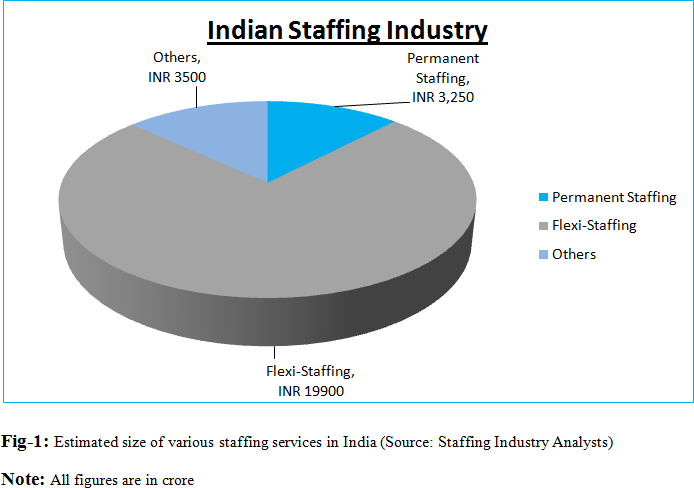9 Steps to writing a Perfect Resume
Your resume is only as good as the information you provide that about you. Make sure you’re prepared with this list of points about yourself.
Are you struggling with writing the perfect resume? If the answer is yes, you’re not alone. According to a recent Top Resume study, only 24 percent of professionals described themselves as “confident in their resume-writing ability.” This means that 76 percent of professionals are insecure about their resume and resume-writing skills as a whole.
With that said, whether you’re planning to use a professional resume-writing service or give it a go on your own, it’s important to take some time to prepare for your resume rewrite. Your resume will only be as good as the information about yourself has to work with. Gather the following details ahead of time to craft a powerful document that effectively tells your story and markets your qualifications to help you land your dream job.
Contact information:
While this section may seem obvious, there are a few factors to consider. For instance, how will you display your name? Are you planning to use a nickname, such as Bob, or will you use your full name for the job search? Whichever you choose, make sure you consistently represent your name on all your personal branding materials such as your business cards, LinkedIn profile, and online portfolio or blog.
Select one email address and one phone number to include on your resume. I recommend setting up an email address that’s dedicated to your job-search activities and using your cell phone number on your resume, as this gives you the ability to control the voicemail message, who answers the phone, and when.
Online presence:

A job site social media recruiting survey found that 93% of recruiters will search in online profiles before they decided to interview you. Save the time of the recruiter by including the URL to your LinkedIn profile. In addition to your LinkedIn account, the perfect resume must contain any links that are relevant to your work, such as a personal website, portfolio, or blog. If your Work involves social media platforms like Twitter, LinkedIn, Instagram etc. So, that the recruiter may attract to your resume.
Sample job descriptions:
When you’re writing the perfect resume, it should be perfect and that will support a specific job goal of your job. One of the best ways to ensure your resume is properly mentioned is to identify sample job descriptions that you’re interested in and qualified to perform.
Search information in Google and gather a few highlights the points that which are suitable for your position that represents the type of position you’re targeting. It doesn’t matter if the location is ideal; for this purpose, you should only be concerned with the job description and its requirements.
Copy and paste the text of the description itself into a Word or Google document and then highlight the important points or bold any requirements or desirable skills from the posting you possess. This will help you or your writer identify which of your qualifications should be showcased throughout the resume.
Your professional experience:
Start with your most recent job and work your way backward. The perfect resume should detail out all your professional positions within the past 15 years. If you served in the military or held a board position, list this experience as you would any other role in your work history. If you recently graduated from college, include your internships and any work experience that took place since you entered college.
For each role, list the following information:
Company Name and URL
Job Title: If your title is very specific to your organization, you can include a translation of sorts in parentheses next to your official job title.
Start and End Dates: Include the month and year for each of these dates.
Job Description: Think about your roles and responsibilities as they relate to the job and your target role. This is especially important if you’d like to change careers. Include details such as how many people you have managed in your team, the territories you covered, etc.
Achievements: Brainstorm a list of your accomplishments and major contributions that benefited the organization during your tenure. The number of achievements you provide will depend upon how long you remained in that role and how relevant it is to your current job goals. Quantify your accomplishments whenever possible; for instance, how did you help save the company money, generate revenue, improve customer satisfaction, increase productivity, and so forth? If you have an existing resume, only include new details in this section. There’s no reason to repeat anything that already appears in your current resume.
Early career history :
If you’ve been in the workforce for over 15 years, chances are you have a few positions that got left out of the previous section. Before you get started writing the perfect resume, make a list of the job titles you held, the names of each employer, the locations where you worked, and your dates of employment for these roles. While the dates will likely not get used in your resume, it’s good to have a clear record of your earlier experiences for the writer.
Volunteer work :
Have you been actively volunteering with a non-profit organization? Skills-based volunteering (SBV) is a great way to fill an employment gap or supplement your work history when you’re trying to change careers. Please list any volunteer work you’ve done that’s relevant to your current job goals in chronological order, beginning with your most recent work. If you’re new to the workforce, include any campus activities or clubs in which you were active.
A perfect resume should include the name of the organization and its website URL, the positions you held, your years of involvement, and your responsibilities and contributions to the non-profit. Looking for new volunteer opportunities? Visit sites such as Catch afire and Volunteer Match.
Professional affiliations :
List any relevant professional organizations or affiliations you’re a member of that aren’t listed on your resume. For each group, please list its name and URL, when you became a member, and what positions you held. If you took an active role in the organization, describe your responsibilities and any notable achievements.Interested in joining a new membership group? Check out this directory of professional associations for suggestions or research which groups your peers and managers belong to. You can often find this information on their LinkedIn profiles.
Language skills:
Language skills can be a great selling point on your resume. If you’re multilingual, be sure to list each language you speak and your proficiency level.
Education and professional development:
Create a record of all your education, beginning with your most recent degree. List the institution, its location, the name of your degree, your major and minor, your graduation year, and any honors associated with the degree, such as summa or magna cum laude. Do the same for any relevant certifications you’ve obtained or additional training opportunities or workshops you’ve attended.
Third-party feedback:
Have you received positive customer testimonials or a great performance review? Include this information in your preparation materials. You or your professional resume writer may be able to work some of this information into your resume to demonstrate your hard and soft skills in the workplace.
While this may feel like a lot of work, by taking the time to examine your career now, you’ll see the benefits on your future resume. A perfect resume is within reach!
For More Info: www.bloomsolutions.com


 Being in recruitment for more than 12+ years now, we have seen many
Being in recruitment for more than 12+ years now, we have seen many 





